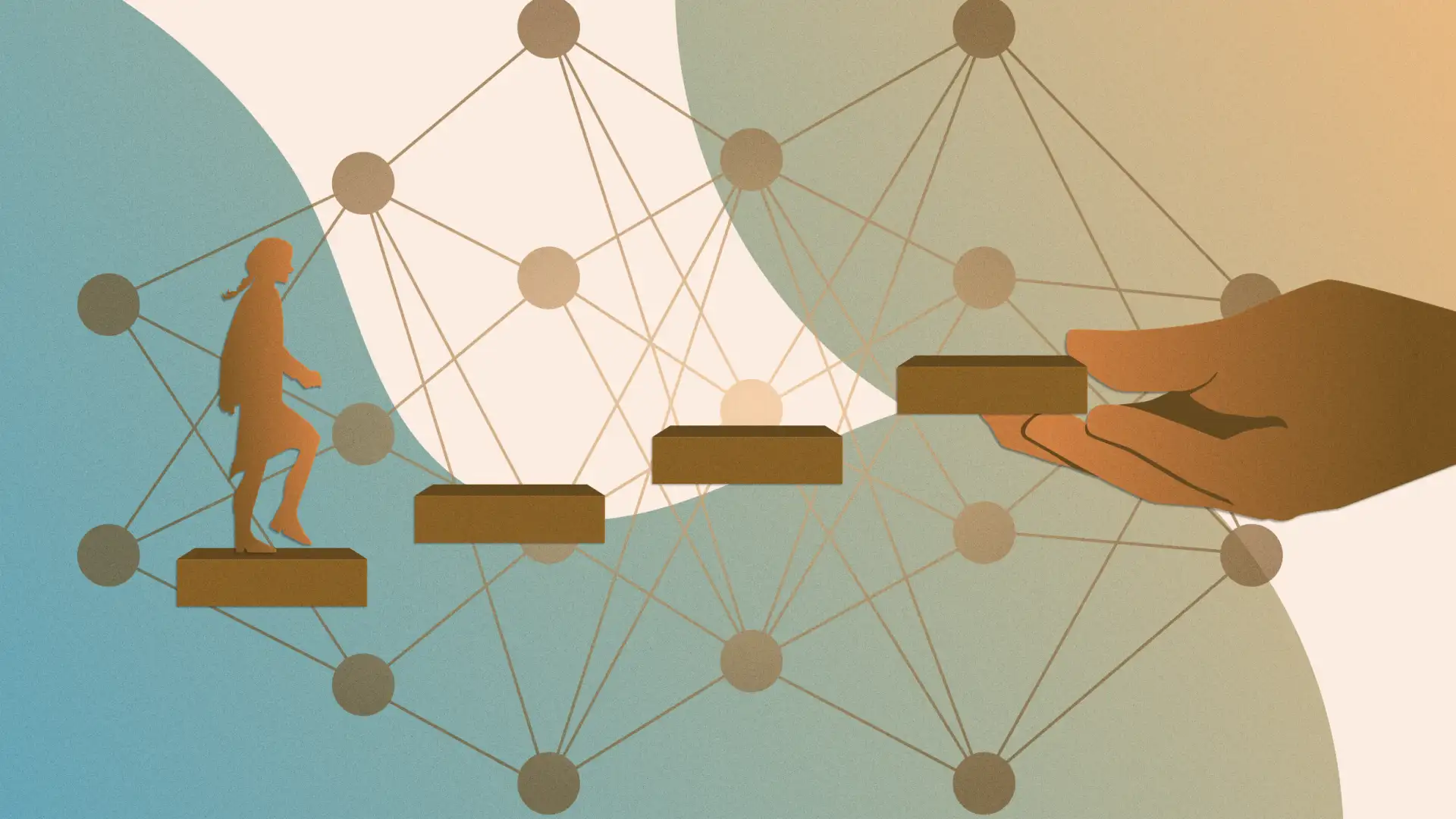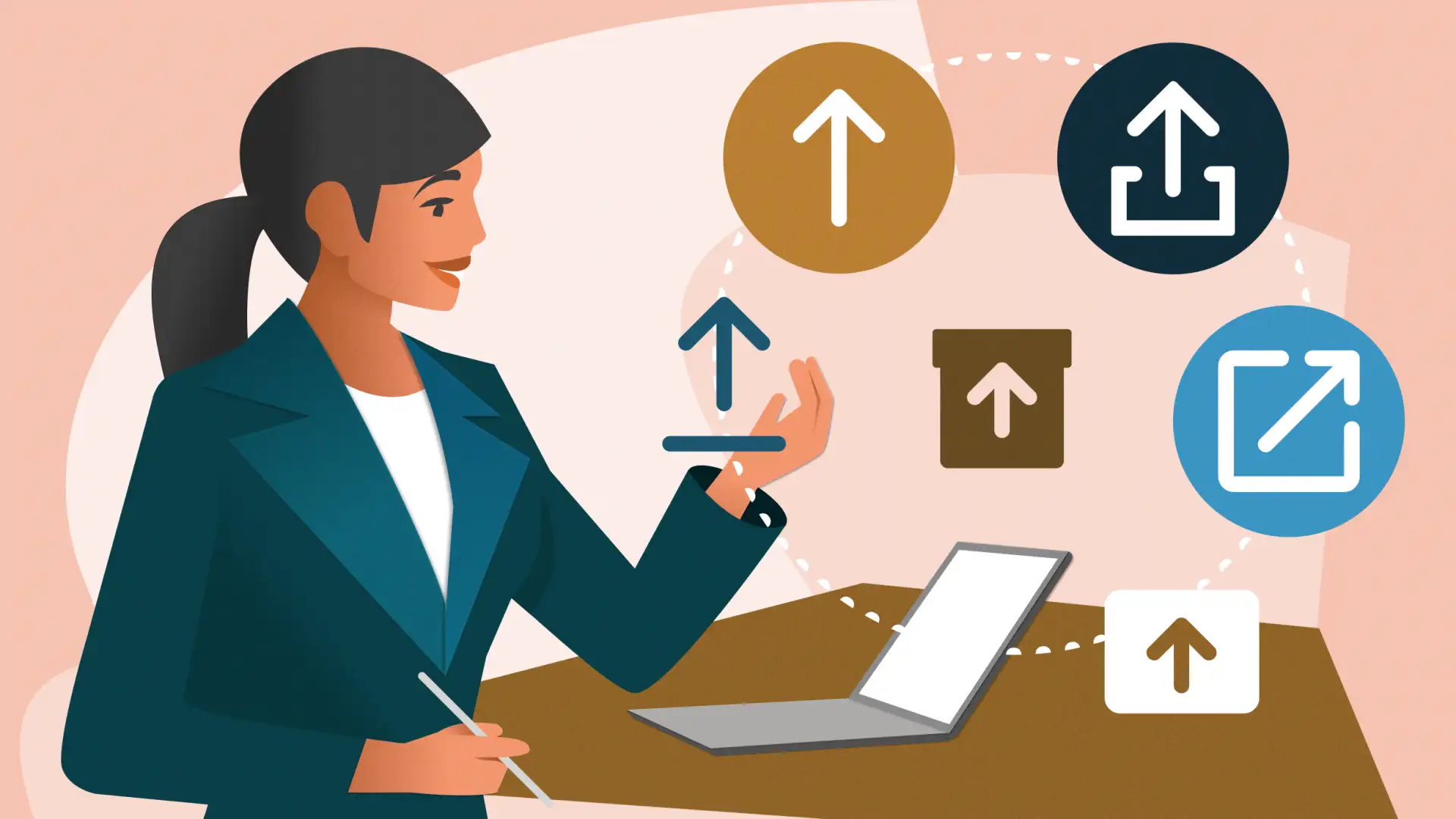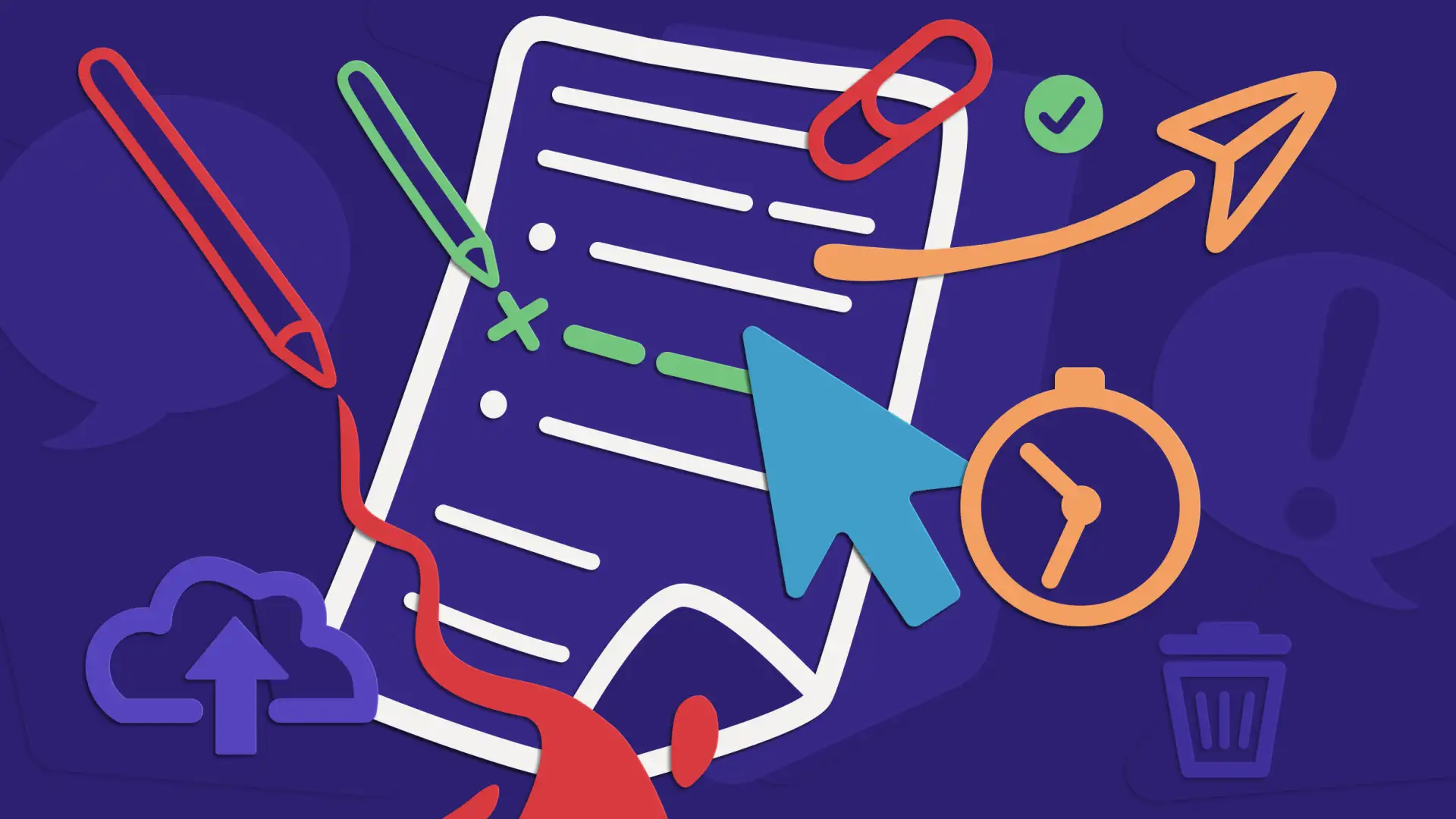Many UX professionals want to grow in their craft and organizations want to provide opportunities for their employees to grow. A formal internal UX mentorship program provides that opportunity at scale, instead of relying on informal relationships to cover the need.
Having been deeply involved with mentorship programs at Hexagon UX, I’ve seen how much mentorship positively impacts the community. Connections I made as a mentee and senior peer circle member helped me grow my craft and deepen my network; as a mentor, it enabled me to help the people I was matched with broaden their UX skills, navigate the UX interview, and land their first UX roles (three times!).
Two years ago I decided to bring this model to Indeed. While other mentorship programs existed, there were none available for UX employees to advance their craft. This presented an opportunity to introduce a mentorship program to fulfill an unmet need.
I’ve run the new program two summers in a row for our UX research discipline — each time for between 35 to 50 participants — iterating on it along the way with the help of Kayla Farrell. We’ve had a high rate of successful partnerships, according to participants. Since then, Kayla consulted with Amy Vainieri as she expanded the program to all UX disciplines across Indeed.
But not every program is successful. Some mentorship programs flop – and it’s important to reduce that risk. If you’re looking to start your own mentorship program or enhance an existing one, here are the three elements I’ve found make a program truly successful:
- Quality mentorship pairs
- Clear mentorship goals
- Program structure and support
These elements build upon each other throughout the program:
- Using input from your participants to match mentors and mentees beforehand
- Setting intentional goals at the start
- Offering active support during the program
With these phases in mind, I’d like to offer tips on how to handle each phase of running the program to set you up for success.
Tip #1: Make high-quality UX mentorship pairings with “speed matching”
Successful mentorship takes more than putting two names together on a spreadsheet. Telling two people they’ve been paired when they’ve never encountered each other before isn’t a tried and tested recipe for success; quite the opposite.
Instead, consider running a speed matching event where prospective pairs get to chat and privately rate the match. That gives people the chance to speak with people that interest them and build rapport. Most importantly, they get input on the person they’ll be matched with.
Speed matching events require preparation:
- Identify a time and place (in person or remote) for the event.
- Create a space for mentors to showcase expertise to prospective mentees. This could be in a shared slideshow format that mentees can look through.
- Establish a system for speed-matching pairs. Give mentees a way to sign up with mentors of their choice, such as a spreadsheet with 3-4 conversation slots per mentor for a coordinated event. For organizations that span time zones, consider instructing mentees to schedule 10 minute ad-hoc conversations directly on the calendar of their prospective mentor matches.
- Create private feedback forms for mentors and mentees to rate the quality of the match with a Likert scale.
You can match mentors and mentees based on the private feedback. Note that it’s not worth forcing pairs that aren’t excited to work together since these matches typically fizzle almost immediately. With that in mind, it’s good to set the expectation that not everyone will get matched.
Tip #2: Enable mentees to drive the conversation with goal-setting resources
Once you’ve made your mentorship connections, prepare mentees and mentors to work together by setting expectations. Mentees are supposed to drive the mentorship relationship based on their goals. However, not everyone prepares for this; those who don’t often drift and aren’t able to make the most of the opportunity.
We give mentees a one-page goal setting sheet (feel free to copy this template!), and ask them to share it with their mentor in their first meeting. Getting intentional about what the mentee wants to get out of the partnership is critical to setting up the mentorship for success.
Goals for mentorship might include:
- Picking a topic to learn more about
- Developing a new skill, or enhancing an existing one
- Getting advice
- Discussing career progression
Tip #3: Provide ongoing UX mentorship program structure and support
I’ve personally participated in a variety of programs; many things can go sideways. Providing ongoing support to participants for the duration of the mentorship program can mitigate challenges that arise.
Techniques to consider:
- Have experienced mentors share their advice ahead of the program to help attract and set expectations for mentors. Special thanks to Margaret Becker, Kijana Knight-Torres and Allison McGrath for being the panelists for our latest UXR program.
- Share the expected meeting cadence as well as start and end dates of the program. That way participants know the expectations and can tailor it as necessary based on their needs.
- Email biweekly optional topics so mentors and mentees have something to fall back on for their discussions. This has the added benefit of reminding participants about their meeting commitment.
- Check in with mentees two weeks into the program to make sure they’ve had their initial meeting. (Occasionally, mentors will ghost. Nip anything like that in the bud.)
- Offer mentors a private space for peer advice. Mentors don’t always feel equipped for every question or topic a mentee raises, so having this can give mentors a chance to ask questions and organize their thoughts.
If you wanted to implement all of these steps as a first time mentor program organizer, you’d likely need a tiger team. If you have limited bandwidth, focus on emailing the biweekly optional topics for discussion.
Patience and diligence will go a long way
Not all mentorship programs are created equal. To give the people involved in your programs the best chance to grow, focus on creating high-quality matches, ensuring goal setting conversations, and providing ongoing support for the duration of the program.
Your mentorship program may not be perfect right away. Feedback can help you improve the program as time goes on and find what works best for you and your UX team.
It’s hard work, but it can benefit mentorship participants in brand new ways. Happy mentoring!





